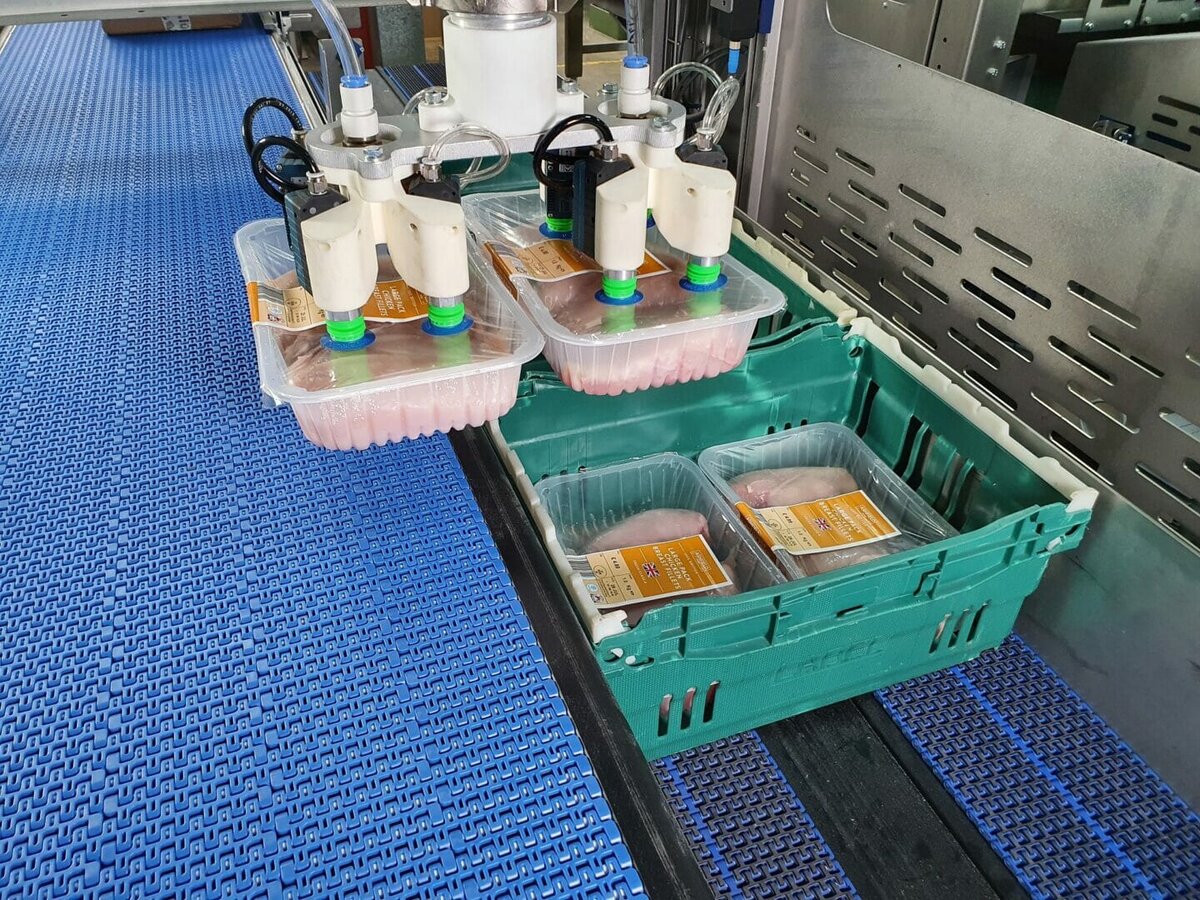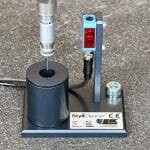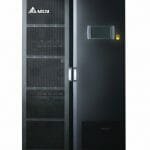Brillopak is launching its award-winning UniPAKer robotic crate packer into the meat, fish & poultry sector following design enhancements that make the system both affordable and efficient in tray-sealed meat applications. The development of a new generation end-effector that offers increased suction and control when handling trays and skin packs coupled with a new dual-pick configuration have made the UniPAKer a viable automation solution for this sector for the first time.
Availability of labour has steadily declined since the Brexit vote in 2016 and now with COVID, staff can no longer work in close contact with each other. Both of these factors have conspired to challenge meat, fish & poultry packers, who rely heavily on overseas workers and do not have the space to accommodate social distancing, whilst maintaining production levels. Automation presents an obvious solution to this situation.
However, as Brillopak director David Jahn explains, it is not as straightforward as replacing two or three people with a robot. “Automating the secondary packaging operation is a logical solution, but it is not as simple as it might seem. Any robotic system has to be extremely compact to fit into very tight spaces and must offer complete flexibility in terms of packing different pack formats and crate sizes. The solution must be able to pick and place consistently and accurately at high speed, without dropping any packs. Hygienic design is a given.”
Brillopak has risen to the challenge, optimising the design of its UniPAKer robot to meet the specific demands of meat, fish & poultry producers and packers. This trail-blazing robot has already revolutionised the packing of bagged fresh produce such as apples, sprouts and potatoes into crates and now looks set to be a game-changer in the meat, fish & poultry industry.
By optimising the cycle speed and developing a new range of end effectors, a single robot with a dual-pick head, Brillopak has shaved 25% off the cost of a typical robotic crate packing system. In this configuration, the robot performs two picks, then places the packs in the crate, two at a time. becomes a cost-effective and space-efficient machine capable of packing tray sealed meat packs in excess of 70 packs per minute.
A redesign of the vacuum end-effector has been key to pushing the boundaries of performance on meat, fish & poultry packs. The redesign has improved the head’s vacuum capabilities through a combination of more consistent, faster airflow and larger independent vacuum generators. A stronger, more uniform vacuum means the robot holds the packs squarely and tightly so it can be controlled from the conveyor to the crate at a faster speed, in a controlled manner.
Brillopak’s engineers are further developing the UniPAKer concept to pick an entire row at a time on the same compact footprint, which will dramatically bring down the capital cost. A pioneer in vacuum handling packing system design, Brillopak has devised a flexible solution based on a single, universal vacuum head with independently operating vacuum cups for precision control. Individual valves can be turned on and off to allow different pack combinations to be picked.
“With this solution we are dramatically increasing throughput, while keeping the footprint of the machine really small, which is a very attractive proposition for meat, fish & poultry operators,” says David.
One of the idiosyncrasies of MAP meat, fish & poultry products is that there can be minute variations in pack height depending on the volume of gas in the pack. These variations, which can be 4-5mm either way, can hinder the robot’s ability to draw a vacuum, causing it to drop the pack (if the pack is lower than usual) or crush the pack (if the pack is higher than usual). This variability can also arise when there is a subtle temperature change that causes the pack contents to expand or contract.
Rather than stop the line and call engineering to adjust the system, Brillopak has come to the rescue with a feature that allows the operator to manually adjust the position at which the vacuum is turned on by the few millimeters necessary,
Accurate feeding into the robot cell is key to an efficient crate packing operation, and in meat, fish & poultry applications, different tray orientations can cause a problem. Whilst some trays will exit the tray sealer narrow-edge leading, others will be long-edge leading, depending on the tooling format. A robot can pick packs in either orientation, but to maximise picking efficiency, all packs should normally be presented in the same orientation. Brillopak has addressed this potential issue with the design of a servo turner that will reposition trays after they leave the tray sealer.
The UniPAKer can be programmed to pack any combination of product into any crate size. Whilst supermarket customers often require half (300 x 400mm) crates for higher value meat SKUs, high volume lines such as minced beef will usually be supplied in full (600 x 400mm) crates. The UniPAKer can switch between both crate size at the touch of a button.

A stronger, more uniform vacuum means the robot holds the packs squarely and tightly so it can move down into the crate at a faster speed in a controlled manner.








